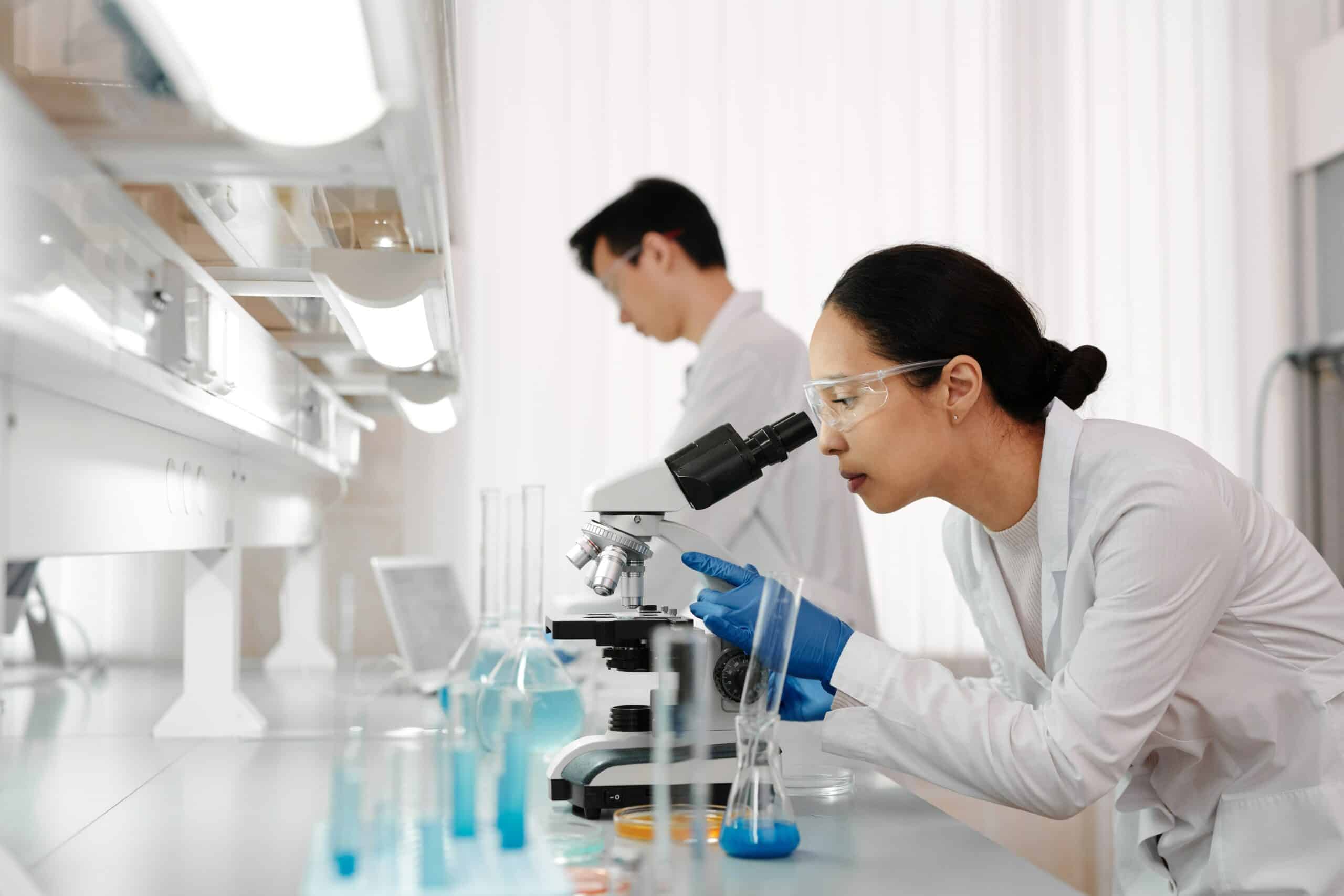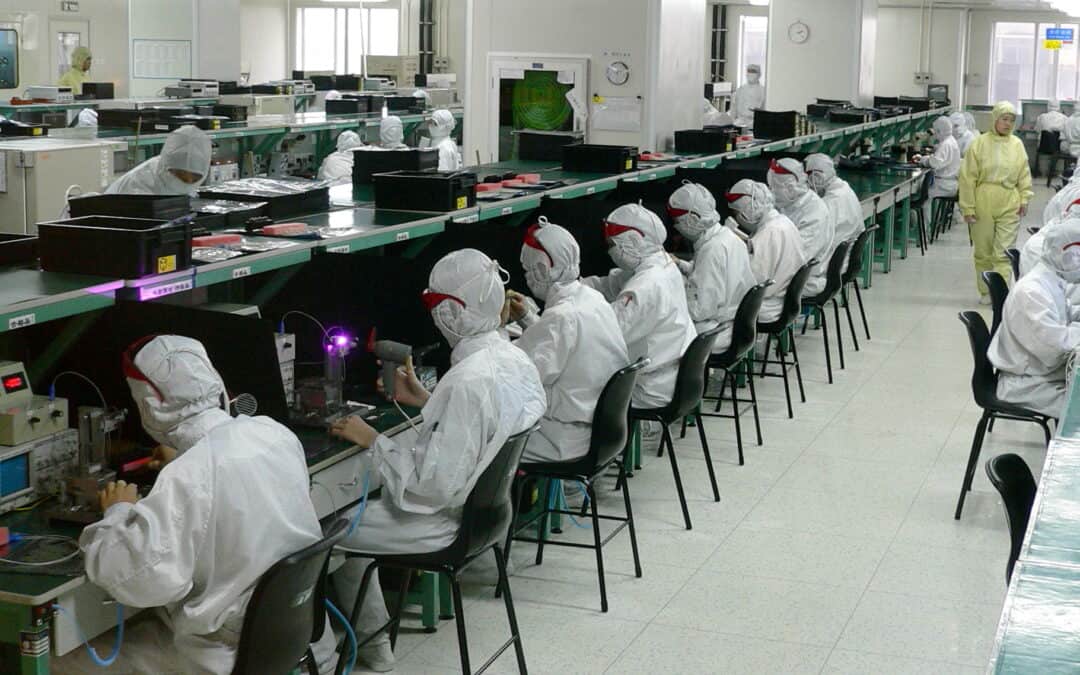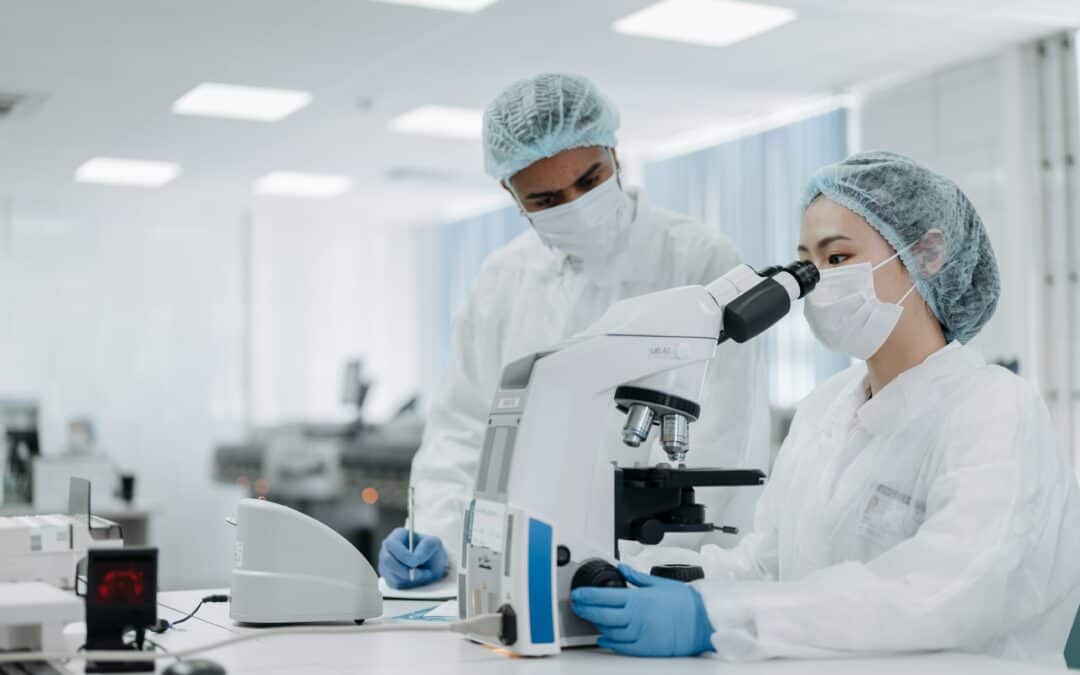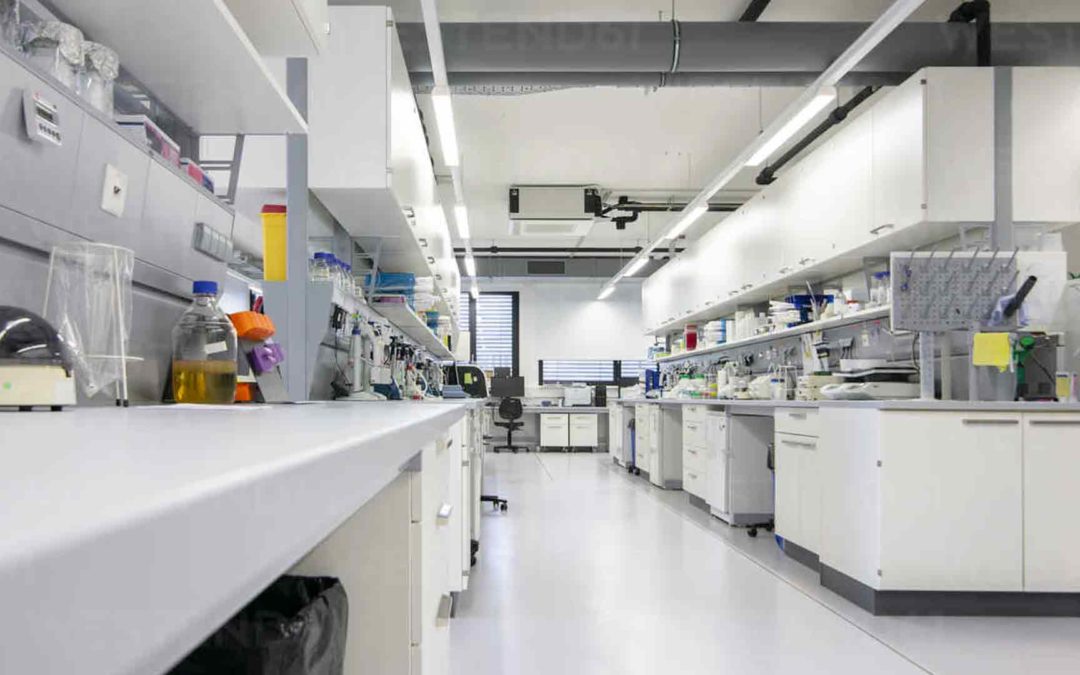Humidity control is crucial in cleanrooms and laboratories, where even slight changes in humidity levels can affect the quality and reliability of products and research results. Proper humidity control can also help prevent contamination and reduce the risk of electrostatic discharge. In this article, we’ll take a closer look at the importance of humidity control in cleanrooms and laboratories, as well as the methods used for humidification, dehumidification, and humidity control.
Why is Humidity Control Important in Cleanrooms and Laboratories?
Cleanrooms and laboratories require strict environmental control to ensure the quality and reliability of products and research results. Humidity control is a critical component of this environmental control. High levels of humidity can lead to the growth of bacteria and other microorganisms, while low levels of humidity can cause static electricity buildup, which can damage sensitive equipment and instruments. In addition, humidity control is important for controlling the evaporation and condensation of liquids used in experiments and production processes.
How is Humidity Controlled in Cleanrooms and Laboratories?
Humidity control in cleanrooms and laboratories is typically achieved through the use of humidifiers and dehumidifiers. Humidifiers add moisture to the air, while dehumidifiers remove moisture. The specific type and capacity of humidifier or dehumidifier used will depend on the size and layout of the cleanroom or laboratory, as well as the specific needs of the production process or research activities.
In addition to using humidifiers and dehumidifiers, other methods can be used to control humidity levels in cleanrooms and laboratories. For example, ventilation and air conditioning systems can help regulate humidity levels by circulating air and removing excess moisture. The use of moisture-absorbing materials, like silica gel or activated carbon, can also help regulate humidity levels in specific areas of the cleanroom or laboratory.
What are the Benefits of Humidity Control in Cleanrooms and Laboratories?
Proper humidity control in cleanrooms and laboratories can offer a range of benefits. These include:
- Preventing Contamination: High humidity levels can promote the growth of bacteria and other microorganisms, which can contaminate products or research results. Proper humidity control can help prevent this from occurring.
- Protecting Sensitive Equipment and Instruments: Low humidity levels can cause static electricity buildup, which can damage sensitive equipment and instruments. Proper humidity control can help prevent this from occurring.
- Maintaining Product Quality: Proper humidity control can help ensure the quality and reliability of products produced in cleanrooms, such as pharmaceuticals, electronics, and food products.
- Ensuring Research Accuracy: Proper humidity control can help ensure the accuracy and reproducibility of research results obtained in laboratories.
Conclusion
Humidity control is crucial in cleanrooms and laboratories. Proper humidity control can help prevent contamination, protect sensitive equipment and instruments, maintain product quality, and ensure research accuracy. Using humidifiers and dehumidifiers, along with other methods like ventilation and moisture-absorbing materials, can help regulate humidity levels in cleanrooms and laboratories. If you’re involved in cleanroom or laboratory operations, ensuring proper humidity control should be a top priority for your facility.




